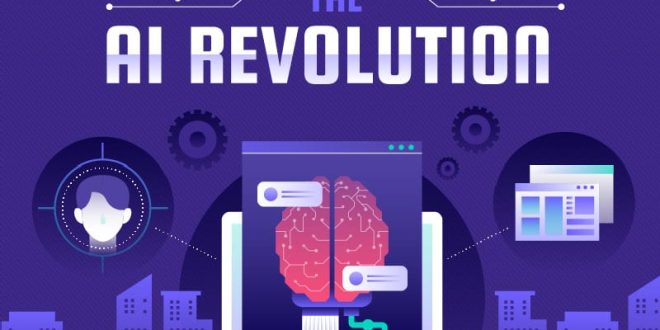India’s Digital Leap Gets an AI Brain
India has been undergoing a digital transformation for the past decade—Aadhaar, UPI, DigiLocker, and more have changed how citizens interact with the government. Now, a new phase is emerging: the integration of Artificial Intelligence (AI) into public governance. From traffic management in Lucknow to land record digitization in Karnataka, AI is no longer a buzzword—it’s becoming part of our everyday governance.
But with rapid innovation comes an important debate: is AI in government a revolution or a risk?
Where AI is Already Active: Silent Efficiency in Action
AI in Indian government systems is being used in multiple sectors. Here are key examples:
1. Law Enforcement and Surveillance
-
Delhi Police uses AI-powered facial recognition systems to identify criminals and missing persons.
-
CCTV feeds are analyzed with AI to detect suspicious behavior in real-time.
-
Some cities are testing predictive policing, using crime data to predict hotspots.
2. Traffic and Urban Planning
-
Lucknow, Surat, and Hyderabad are piloting AI-based traffic lights that adapt based on congestion data.
-
Smart cities use AI to manage waste, water, and electricity efficiently, reducing costs and resource waste.
3. Agriculture and Farming
-
AI-based weather prediction helps farmers decide when to sow or harvest crops.
-
Startups and government apps are using AI for crop disease detection, soil testing, and yield forecasting.
4. Healthcare and Public Welfare
-
AI is helping detect TB, cancer, and eye diseases in rural India via smartphone-based tools.
-
Government hospitals are testing AI to automate radiology scans and pathology reports.
5. Judiciary and Legal Aid
-
The Supreme Court of India has launched SUPACE (Supreme Court Portal for Assistance in Court Efficiency)—an AI tool that helps judges with legal research.
-
Chatbots offer legal assistance to citizens in multiple languages.
Why It’s a Revolution: Efficiency, Scale & Transparency
There’s no doubt that AI improves governance. Here’s how:
-
Faster Service Delivery: AI chatbots can handle thousands of citizen queries in real time, reducing delays and paperwork.
-
Cost Savings: Automating manual processes cuts operational costs.
-
Personalization: AI can tailor schemes and services based on individual data (e.g., crop insurance, subsidies).
-
Data-Driven Decisions: Policies are made on real-time, large-scale data, not guesswork.
-
24/7 Availability: Unlike humans, AI never sleeps. Government services are always accessible.
But What About the Risks? The Other Side of the Coin
With growing power comes bigger risks—especially when it’s the government using AI.
1. Privacy Invasion
-
India still lacks a comprehensive Data Protection Law.
-
AI systems processing Aadhaar, facial recognition, and mobile data can easily track and profile citizens.
2. Algorithmic Bias
-
AI is only as fair as the data it’s trained on.
-
If historical data is biased (e.g., based on caste or gender), AI can reinforce discrimination, especially in welfare or policing.
3. Job Displacement
-
Clerks, call center workers, data entry staff, and field agents in government roles may be replaced by automation.
-
India’s large semi-skilled public workforce is at risk, and reskilling is slow.
4. Lack of Regulation
-
There is no clear legal framework guiding how AI should be used in public governance.
-
Decisions made by AI systems—like denying a subsidy or predicting criminal behavior—can go unquestioned, without transparency.
India’s AI Policy Push: Catching Up with the Revolution
To manage these risks, India has taken some steps:
-
NITI Aayog’s National AI Strategy (2018) laid the foundation for inclusive AI development.
-
Digital India Act 2023 (draft) proposes frameworks for regulating digital tools including AI.
-
Data Protection Bill 2023, though still in progress, aims to protect citizens’ personal data.
But critics argue that policy is lagging behind implementation. AI tools are already embedded in systems before rules are fully formed.
Global Lessons: What India Can Learn
-
European Union: Introduced the AI Act, which classifies AI applications by risk and bans harmful uses.
-
Canada: Mandates an Algorithmic Impact Assessment before deploying AI in public services.
-
Estonia: Known for its AI-first digital government, but also for strong citizen consent and transparency norms.
 Indian Thought Latest News & Views
Indian Thought Latest News & Views



